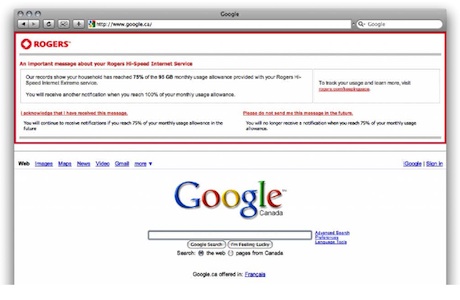Netflix anticipates TV Everywhere to be biggest competitor

Netflix reported first quarter earnings for 2011 on Monday afternoon, and while things are looking very good for the online streaming giant, even Netflix acknowledges the competition is heating up.
In a letter to shareholders, Netflix execs stated that DVD shipments have fallen, largely due to the availability of a $7.99 streaming only plan. For many current and even potential subscribers with gaming consoles, set-top boxes, Internet-connected TVs and even a large quantity with just computers, this is the easiest and most cost-efficient option. The Watch Instantly library is growing and growing with more new releases, classic films and full seasons of more TV shows.
But even Netflix knows that as the market for online streaming grows, so will the offerings of its competitors. Here's what else Netflix had to say about this:
Our biggest competitor over time may be another service with a similar model to Netflix, such as Hulu Plus, or it may be free on-demand Internet video as a part of a consumer’s MVPD package, namely TV Everywhere.This free bundling of a subset of our functionality within a larger subscription service is a classic way for an incumbent to leverage its strength. While TV Everywhere is not a strong offering today, it is likely to become much better over the coming years. We’ll continue to push ahead, developing an ever-better user experience to differentiate Netflix, and exploring exclusive rights, where it makes sense, such as our “Mad Men” deal, so that we remain complementary to MVPD.
Along with Hulu Plus and TV Everywhere (a joint project between Comcast and Time Warner), Netflix specifically cites free videos with an Amazon Prime membership and Dish Network's acquisition of Blockbuster as items to keep an eye on.
Nevertheless, Netflix is not afraid of pay-per-view plans:
Several studios have begun allowing MVPDs to offer a premium $30 early window pay-per-view option for the home. Additionally, some studios are marketing titles on a PPV basis through the Apple app store and on Facebook. We don’t think this PPV activity will have a material impact to Netflix growth.PPV is a good way for content owners to maximize profits before a title is released for subscription. In PPV, the brand is the individual piece of content, a very different model from the subscription business.
However, streaming has proven to be a bit of a problem in Canada, where Netflix expanded to in September 2010 - at least for Rogers customers. If those customers exceed the data caps (which Netflix describes as "a very poor way to manage demand and limit Internet congestion"), they'll see the message in the screenshot below and also incur overage charges of $1 or more per gigabyte. Ouch.
Thus, to keep customers at least somewhat happy (and less broke), Netflix has reduced the video quality and changed the default setting to an encoding that consumes nine gigabytes for 30 hours of playback compared to the standard 30 to 70 gigabytes for 30 hours. In the United States, AT&T and Comcast have data caps, but they're so much higher that limits from neither company have proven to be a problem...yet.
Related coverage on ZDNet:
- Netflix reports strong Q1 earnings; approaching 25 million subscribers
- Comcast updates Xfinity TV app for iOS devices
- Amazon's looming state tax headache: Could Prime offset a worst case scenario?
- Comcast's Roberts aims to make the cable box cool, take on Netflix
- Comcast's live TV iPad app is running into resistance from cable networks
